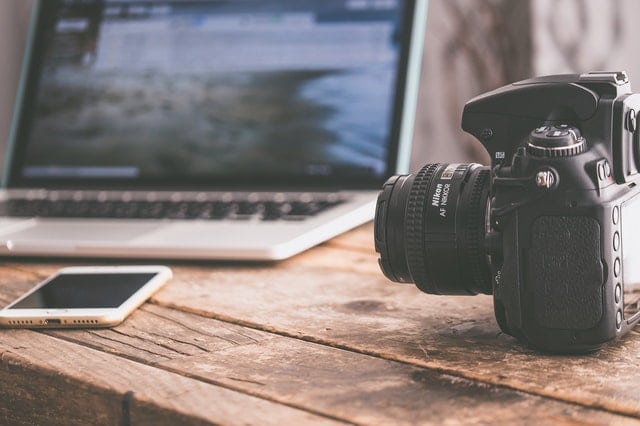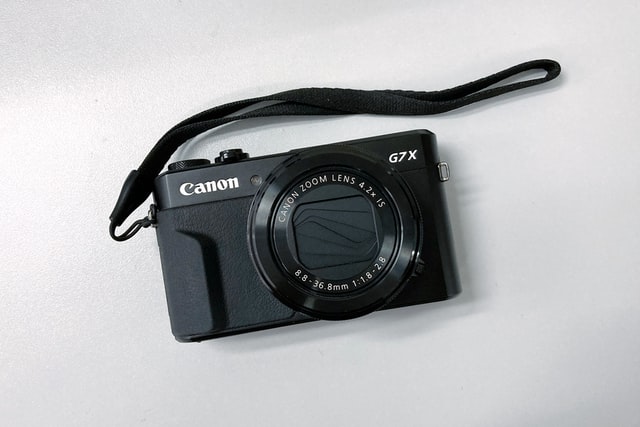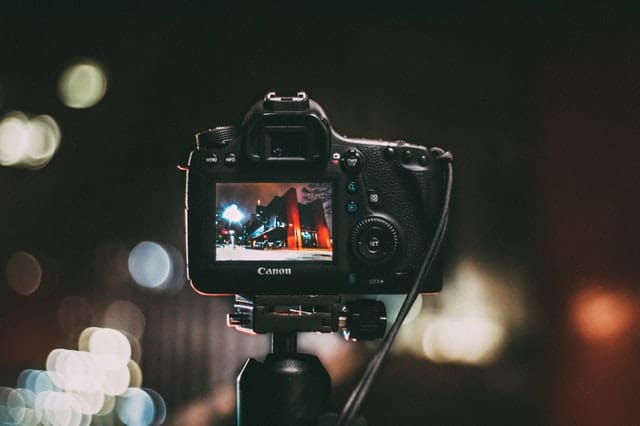Now almost every camera can use WiFi to transfer archives or access some of its functions, solving the limitations you might have with a cable. This function appeared in 2005 and it became a staple on almost every digital camera, allowing you to send photos to any device, or share them as soon as you took them.
The utility of this function depends a lot on how you are going to use the camera and what you need from it For example, you can program the point and shoot function using your phone, this way you can take pictures without programing a timer, or touching your tripod which is useful if you like to take photos of moving objects.
Table of Contents
How does WiFi works in a camera?
This mainly means you can connect your camera with almost every gadget you own, with another camera o with printers. The camera might transmit its WiFi signal to many of these gadgets and transfer archives, or might use public networks; this way the camera will save you the need for cables.
Another useful function is the possibility to program a remote trigger with your smartphone. If you are using a tripod you wouldn’t want to move it, especially if you are trying to take pictures of a moving object. You can program a trigger with your smartphone that is more accurate and will give you a better picture.

The main benefit mostly implies the possibility of sending pictures from your camera to your smartphone at any time without needing a computer. If you are on a vacation or in a concert, you can take a picture, connect to wifi and share it with whoever you want or save them on your phone.
Another thing you can do is save every picture in a cloud service on the go, which means you can save space from your SD fast. If your camera has little space, you can save everything on the cloud and delete it from the camera, and if something happens to it, you already saved all of the photos in a cloud.
How to connect your camera to a WiFi network?
This is easy; most of the cameras have a brand-related app that will help you to do the connection step by step. In case your camera doesn’t use an app, you can connect to some WiFi network through the settings and follow a step-by-step on how to share the photos. If the camera doesn’t include an app or doesn’t explain how to share the pictures, read the manual.
Which are the benefits?
This type of camera can be more users friendly because you can operate some of their functions through your smartphone. Many functions can be programmed to be more comfortable and you don’t have to move them if you work with a tripod, and if you are on a trip, you can share the pictures on the go.
Another important benefit is the possibility to store all of your photos on multiples gadgets without using any cable. And, if your camera can run apps, you can download some and give it some new functions.
On the other hand, some of the downfalls of these cameras are the battery life and the fact that you need WiFi. Most of these cameras use a lithium-based battery and, while is connected to the internet, the battery will drain faster, and if you don’t have WiFi, your camera is as normal as it is.

Are these cameras worth it?
As we said before, it depends a lot on what you want and how you are going to use the cameras. If you are not too worried about encryption and privacy, or the short battery life they have, then everything is ok. In case anything of what we mentioned is something you can’t live with, you shouldn’t buy any of these.
When you buy any of those, we recommend you also buy an extra battery and make sure you will only use safe networks or you could be exposing yourself. Also is good to keep in mind that some file might be too big to transfer, so be sure to adjust the formats before sending it.
If you are a photographer, you are a creator, so don’t miss this article.





